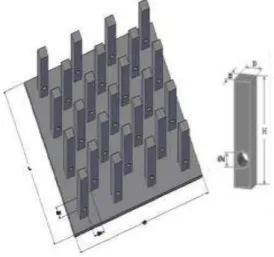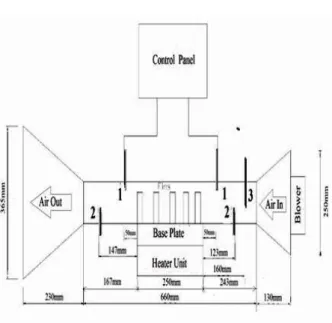Experimental Analysis Of Heat Transfer From Square Perforated Fins In Staggered Arrangement
Texto
Imagem




Documentos relacionados
Fig. Homogenized heat transfer coefficient for 10.. 3) For small size of the inclusions a 1 and various values of heat transfer the equivalent heat transfer parameter
Abstract - This work is concerned with the coupled estimation of the heat generated by the reaction (Qr) and the overall heat transfer parameter (UA) during the terpolymerization
Abstract - This study analyzed the influence of the following parameters: overall volumetric heat transfer coefficient, coefficient of heat loss, drying rate, specific heat of
Ahsan and Fukuhara [1] studied on a new heat and mass transfer tubular solar still and found that the heat and mass transfer coefficients can be expressed as functions of
Subsequently, the heat transfer coefficient, overall heat transfer coeffi- cient, friction factor, pressure drop and pumping power for CuO/EG nanofluid calculated based on
Experimental investigation of heat transfer and friction factor characteristics of circular tube fitted with full-length square jagged twisted tape inserts of
Based on the experimental study, this paper presents the effect of mass flow rate of water, and its inlet temperature for various inclination angles of heat@pipes on heat
[27], the absorbing heat flux and releasing heat flux of the fifth endoreversible Carnot heat engine can be obtained by using the heat transfer between the working fluid and
